London has lots of secret underground tunnels, dating from Victorian times, and especially from the World Wat 2 and Cold War eras.
One of the main secret telecommunications and secret (relatively) bomb proof complexes is in the Kingsway area around Holborn.
MI6's secret tunnels - A deep, dark secret
Nov 24th 2008
From Economist.comSnooker, piranhas and a hotline to Moscow
[...]
That might be why I have never noticed anything unusual about 39 Furnival Street. A brick building in a row of offices, its black double-doors are unmarked and unremarkable. But if you stop for a moment and look up, you might reconsider that judgment. Above the entrance is an industrial-size cast-iron pulley--odd in a street of legal firms. Above that, curiouser still: a wide, gaping air vent of the sort that you might see at the top of a mine-shaft.
What lies inside was once subject to the Official Secrets Act. But now this mysterious property is up for sale, and so I find myself with a few other journalists on the other side of the doors, signing consent forms and handing in my mobile phone (whose signal had mysteriously vanished as soon as I crossed the threshold). A lift takes us down 100 feet, deeper than the London Underground, which we can hear rumbling above us. A set of atom-bomb-proof doors are swung open and we step out into the secret of Furnival Street: the Kingsway tunnels, a miniature city beneath a city.
Dug in 1940 as London was blitzed by German bombers, the tunnels were designed as a air-raid shelter for up to 8,000 people, and as a possible last-ditch base for the government in the event of an invasion. They were never used as a shelter; instead, towards the end of the war they were taken over by the "Inter Services Research Bureau", a shady outfit that was in fact a front for the research and development arm of MI6 (perhaps better known as Q branch in the James Bond novels).
After the war, the tunnels were passed to the Post Office and then to British Telecom, which hopes to sell the warren for £5m now that it is surplus to requirements.
[...]
The tunnels--a mile of them in total, comprising two main drags and four smaller offshoots--have homely, superterranean-sounding names: South Street, Second Avenue and Tea Bar Alley. The illusion is only broken when you see behind the wood panelling the iron support structure, embossed with the initials of the London Passenger Transport Board, from whom parts of Tube tunnel were borrowed to build the complex.
The tunnels were still in secret use long after the Battle of Britain had given way to the Cold War. Deep under my bicycle route, technicians maintained the "hotline" between Eisenhower and Khrushchev, as well as a basic domestic network for Britain that would keep the country connected in the event of a major strike.
[...]
I spot an old circuit diagram on the wall, mapping out each of Britain's national newspapers. Were they being bugged back then? Probably. The question on my mind as we make our way back to the surface is: in which tunnel are the eavesdroppers hiding now?
Latitude: N51:31:02 (51.517191)
Longitude: W0:06:37 (-0.110373)

39 Furnival Street entrance to the Kingsway tunnels complex
Some more details can be found on Malcolm Bay's Kingsway Telephone Exchange website., including this diagram from Peter Laurie's 1979 book Beneath the city streets: A private enquiry into government preparations for national emergency
Kingsway Telephone Exchange diagram (click for a larger image). The Furnival Street Exit is marked as number 16 on the diagram, and the Prudential Building is number 7.
More photos:
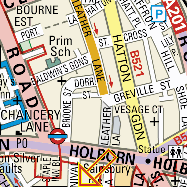
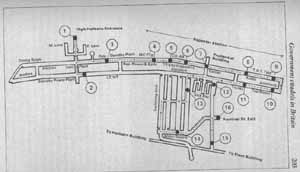


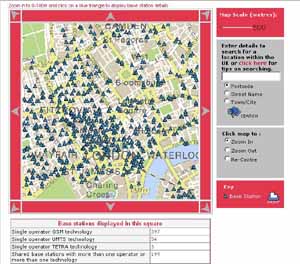
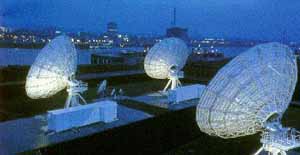
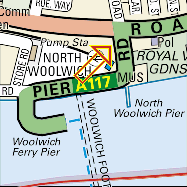
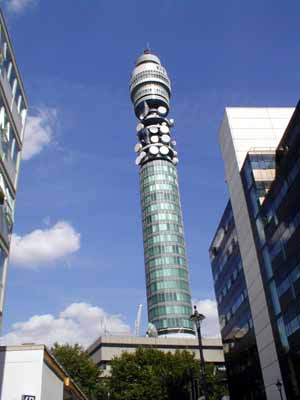
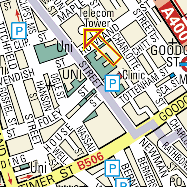
Recent Comments